There are numerous variables that cause running injuries, but sadly cushioned running shoes is one of them.
The prevailing notion is the more cushioned a running shoe is, the safer you are from injury, however there’s seemingly unlimited evidence pointing to several explanations on why cushioned running shoes bring nothing but unintended consequences that directly lead to a long-list of injuries.
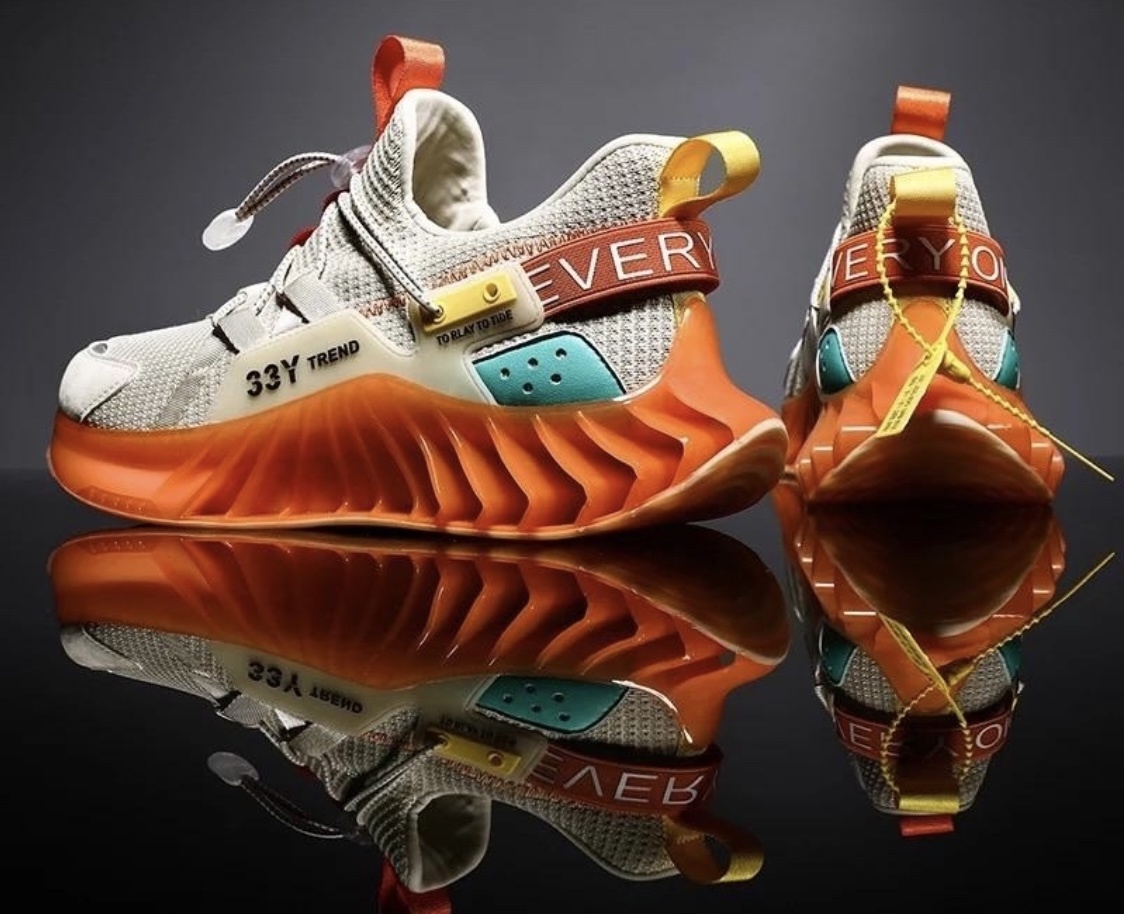
A wealth of evidence shows that cushioned running shoes do not prevent injuries, rather they are primarily responsible for injuries because a strong correlation exists between increased underfoot cushioning and increased impact generation when running. This means the thicker the underfoot cushioning, the harder the foot lands on the ground and the more likely mechanical slips occur which leads to more all-around impact variables when running.
A 2016 study in the journal, Human Movement Science, revealed the trouble with cushioned running shoes is the overall construction. Most standard cushioned running shoes have more cushioning under the heel than the front of the shoe. This design configuration is known as a large heel-to-toe offset, and when the heel is elevated relative to the front of the foot, creates a narrow, unsteady support base that pushes the feet and leg out of neutral line when running and walking. It also causes the knee to strenuously flex at heel strike in efforts to absorb the increases in impact.
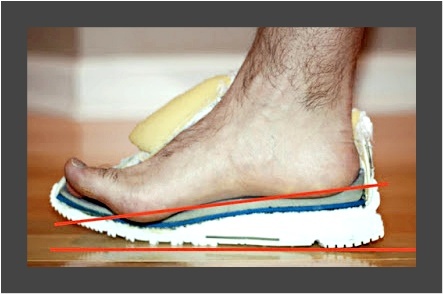
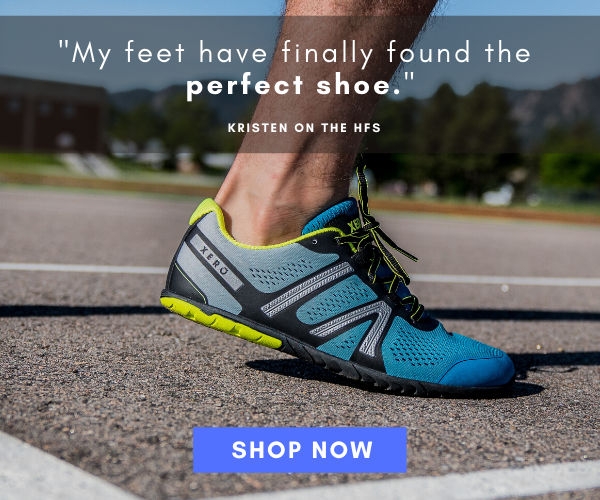
Worse still, cushioned running shoes are known to be involved in causing knee osteoarthritis. A 2002 study in the journal, Osteoarthritis and Cartilage, found that performing athletic activities in heeled footwear significantly increases knee abduction moments, which is a major risk factor for knee osteoarthritis because this movement of the knee increases torque and rotational stress on the joint. Other researchers have found that running in heeled footwear increases loading force on the knee by causing unusual motions in the knee-joint.
What worse is the knee isn’t the only part of the body at risk of injury from heeled running shoes. The ankle is also increasingly vulnerable to injury, too!
Numerous studies have found that when the heel is elevated in a heeled shoe during walking, increases the risk of lateral ankle sprains.
Another well-known way cushioned heeled running shoes cause injuries is by facilitating injurious leg swing mechanics, such as over-striding. For example, the same 2016 study mentioned above found that runners took an overly long stride when running in heeled footwear. The researchers also noticed that as running speed increased, so did the runner’s stride length, which increased the risk of falls as well as musculoskeletal injuries as collisional impact and compressive loading was also greater as running stride length increased.
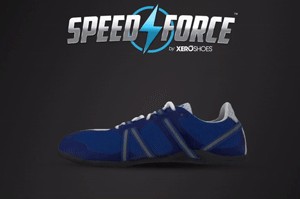
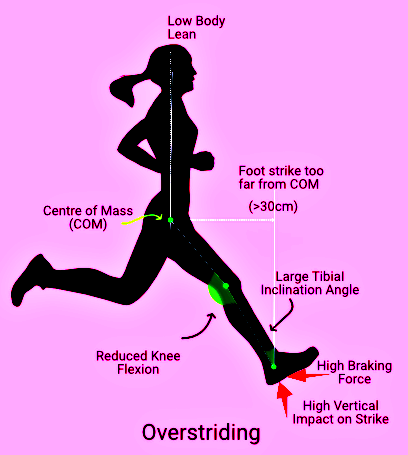
Furthermore, the researchers found that cushioned heeled running shoes caused the runners to increase their stance phase duration time as a compensatory effort to reinforce stronger footstep stability control. This means the body is less capable of maintaining landing stability while running in cushioned heeled running shoes and that these shoes cause mechanical outputs, like increased ground-contact time which increases frictional forces and the risk of over-pronation, of which aren’t good for injury prevention.
Take Home Message
Of course running-related injuries depend on several factors, but cushioned running shoes need to be considered as one of them because, as it stands, there are too many negative aspects to cushioned running shoes than positive, AND these shoes just don’t provide the impact protection they are marketed for.
This is why barefoot and minimalist running keeps getting attention because aside from enabling you to build up the foot strength that gives you sturdier landings, it actually does a better job at protecting you from high impacts through activating reflexes and mechanical outputs, such as forefoot striking, reduced over-striding and less ground-contact, that significantly reduce mechanical strain, compressive loading and bones stress.
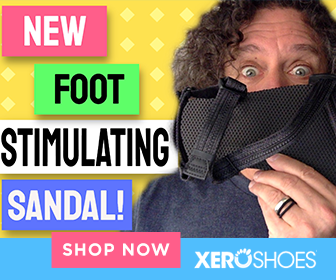
This is also why it’s incredibly necessary to use barefoot running to your own advancements in helping you run safer in shoes because the more you run barefoot, the more the brain gets better at directing movements for low impact!
Learn more here about the evidence-based reasons barefoot running can make you a better shod (shoe) runner!

References:
Baliunas, A., Hurwitz, D., Ryals, A., Karrar, A., Case, J., Block, J., & Andriacchi, T. (2002). Increased knee joint loads during walking are present in subjects with knee osteoarthritis. Osteoarthritis and Cartilage, 10(7), 573–579.
Foster, A., Blanchette, M. G., Chou, Y.-C., & Powers, C. M. (2012). The influence of heel height on frontal plane ankle biomechanics: Implications for lateral ankle sprains. Foot & Ankle International, 33(1), 64–69.
Fu et al. Lower limb mechanics during moderate high-heel jogging and running in different experienced wearers. Hum Mov Sci, 2016;48, 15-27.
Gu, Y., Sun, D., Li, J., Graham, M., & Ren, X. (2013a). Plantar pressure variation during jogging with different heel height. Applied Bionics and Biomechanics, 10 (2–3), 89–95.
Stefanyshyn, D. J., Nigg, B. M., Fisher, V., O’Flynn, B., & Liu, W. (2000). The influence of high heeled shoes on kinematics, kinetics, and muscle EMG of normal female gait. Journal of Applied Biomechanics, 16(3), 309–319.
If you’d like, you can support Run Forefoot and help keep it going by making a donation in any amount of your choosing:

Or, you can support Run Forefoot by shopping at the BEST Barefoot Shoe Brands, and be sure to bookmark these links 🙂
Lonowear: https://lonowear.com/?ref=cedsholh
Saguaro: https://www.saguaro.com/?ref=9bVA8fEkmDvB-I
Vibram FiveFingers: https://amzn.to/3VQLAUI
Vivobarefoot: https://amzn.to/3vycQOY
Be Lenka: https://www.tkqlhce.com/click-7600968-13947200
Xero Shoes: https://xeroshoes.com/go/Run_Forefoot
Iguaneye: https://www.iguaneye.com/?ref=8tfXVc92
Soft Star Shoes: https://shrsl.com/3mp1b
Wilding Shoes: https://bit.ly/3lIygQP
If you’ve enjoyed this blog post, you’ll love my YouTube Channel: here, where I discuss the health and performance benefits of barefoot running and I also have tons of video reviews of minimalist/barefoot-inspired running shoes suitable for forefoot running!

Bretta Riches
BSc Neurobiology; MSc Biomechanics candidate, ultra minimalist runner & founder of RunForefoot. I was a heel striker, always injured. I was inspired by the great Tirunesh Dibaba to try forefoot running. Now, I'm injury free. This is why I launched Run Forefoot, to advocate the health & performance benefits of forefoot running and to raise awareness on the dangers of heel striking, because the world needs to know.
Latest posts by Bretta Riches (see all)
- Can You Run In Barefoot Shoes? Yes, But DON’T Heel Strike! - 21/07/2024
- Why Cushioned Running Shoes Are Really Bad for Your Feet - 19/07/2024
- Do Cushioned Running Shoes Cause Injuries? - 17/07/2024

